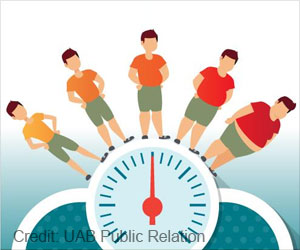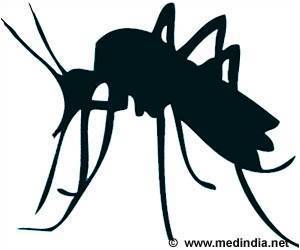Approximately 40 percent of today’s high school students and young adults had experienced obesity or could be categorized as overweight before leaving primary school.
Advertisement
Children born in the 2000s experienced rates of obesity at higher levels and at younger ages than children 12 years earlier, despite public health campaigns and interventions aimed at preventing obesity.
Non-Black Hispanic kindergartners had a 29 percent higher incidence of developing obesity by fifth grade compared to non-Black Hispanic kindergartners 12 years earlier.
Risk of developing obesity in primary school among the most economically disadvantaged groups increased by 15 percent.
“These worrying data indicate that the childhood obesity epidemic in the United States continues to grow and get more serious. Our knowledge about effective interventions to fight this also seems limited,” says Narayan. “We urgently need an aggressive national strategy for interdisciplinary research and public health to stem the tide of childhood obesity and its consequences in the US and worldwide.”
Cunningham adds, “For decades, we have seen the number of children with obesity increasing, in spite of extensive efforts from many parents and policy makers to improve children’s nutrition, physical activity and living environments. Have these efforts worked? Is obesity finally receding? Our findings indicate that no, obesity must continue to be a public health priority.”
Source: Eurekalert



